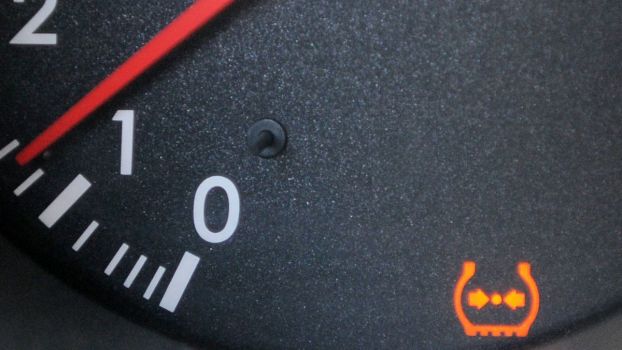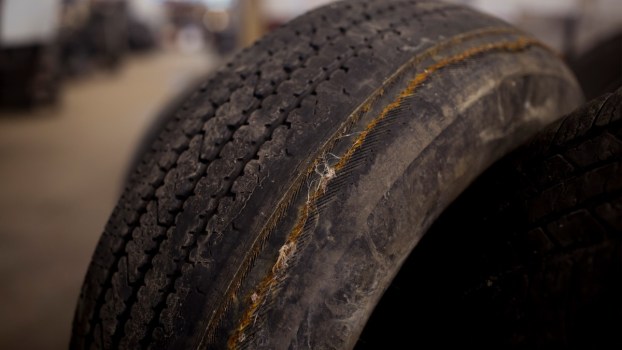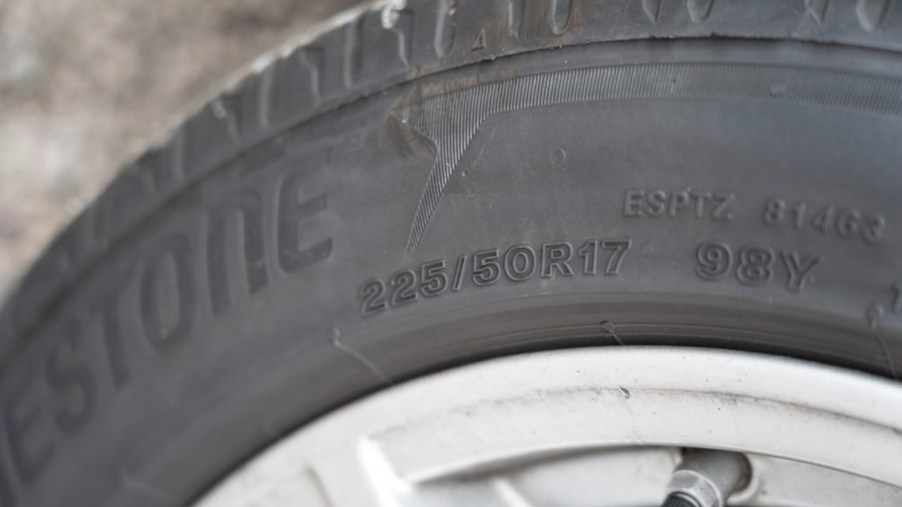
How to Read Tire Size and What Tire Numbers Mean
We don’t mean to tire you out with information about properly burning rubber. Also, we won’t go round and round with tire-related puns, so let’s cut to the chase. Placing your tires is crucial to proper vehicle maintenance. So, it’s important to understand how to read our tire size and type upon replacing them.
How to read tire size
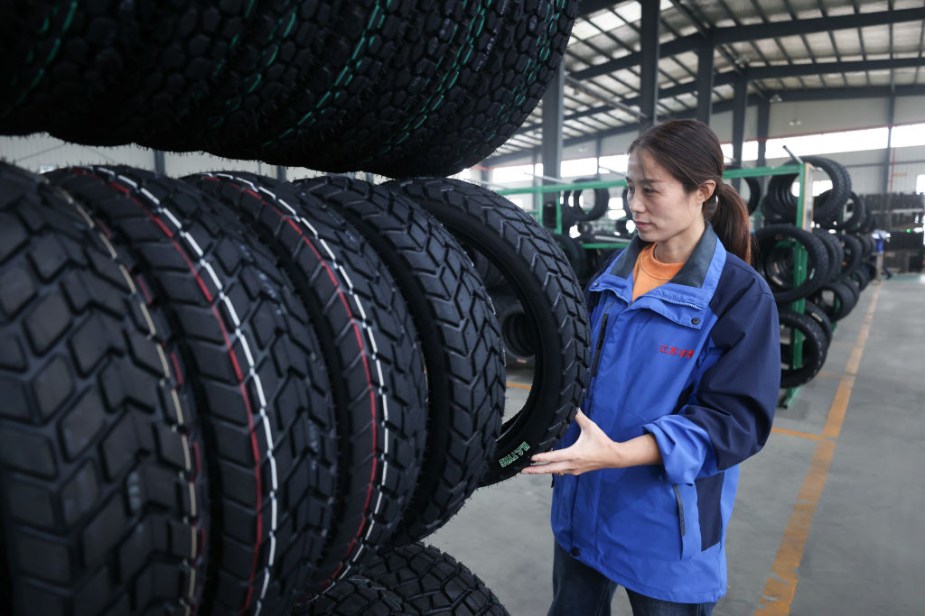
First of all, reading tire size is vital for getting the proper replacements. The previous owner may have added custom wheels, or you may have a custom package with a particular wheel size.
But at least the tire shop technician can look up what tires originally came with your vehicle. The door jam displays what size tires the manufacturer recommends. Also, tires are expensive, and it’s important to get the size correct to get the most out of them.
To check your tire size:
- Locate your tire sidewall between the wheel and thread. If you see information such as the tire brand and name, then you’re in the right place.
- Then, find a string of letters that starts with P. The P means that a tire adheres to the P-Metric or standard for American passenger vehicle tires. Our Jeep Renegade lists P235/60R17.
- The number right after the P should have three numbers, like “P235”. This refers to the width, so the tire is 235 millimeters wide. Other numbers like “LT” mean light truck tires.
- Then, look at the aspect ratio, which is the first two numbers after the slash. The 60 means that the height is 60% of the tire’s width. That’s the height of the sidewall. A larger number means you have a taller tire.
- After the aspect ratio, you will see an ‘R’ for radial. It means that the layers are placed radially across the tire. D would mean diagonal construction. RE means run-flat construction.
- The two numbers after that refer to the tire’s wheel diameter. So, 17 is the diameter of the tires on our Renegade.
So, our example tires are 235 mm wide with a 60% aspect ratio (or sidewall width) and fit on 17-inch wheels.
What do the other numbers on tires mean?
After the tire size, you may see two numbers with an S on the end, like ‘91S’. This represents the speed rating and load index. The load index indicates how much weight your tires can hold while fully inflated.
The speed rating displays how fast the tires can go. It’s the top speed your tires can withstand but always fall within the speed limit.
The most common speed rating letters include:
- Q – 99 mph
- R – 106 mph
- S – 112 mph
- T – 188 mph
- U – 124 mph
- H – 130 mph
- V – 149 mph
- W – 168 mph
- Y – 186 mph
- ZR – 186+ mph
It’s important for replacement tires to have the same or higher speed rating to maintain vehicle speed capability. If your tires have different speed ratings, then go by the smallest figure. The same goes for the load rating.
Speed and load ratings aren’t required by law to be printed on the tires, but this information can be found in the owner’s manual.
Letters such as ‘M/S’ or ‘M+S’ mean that the tires have some capacity to handle snowy, icy, and muddy conditions.
The DOT number indicates that the tire meets Federal Motor Vehicle Safety Standards. It’s also the Department of Transportation identification number. It shows where the tire was made, along with the week and year.
Can you move up in tire size?
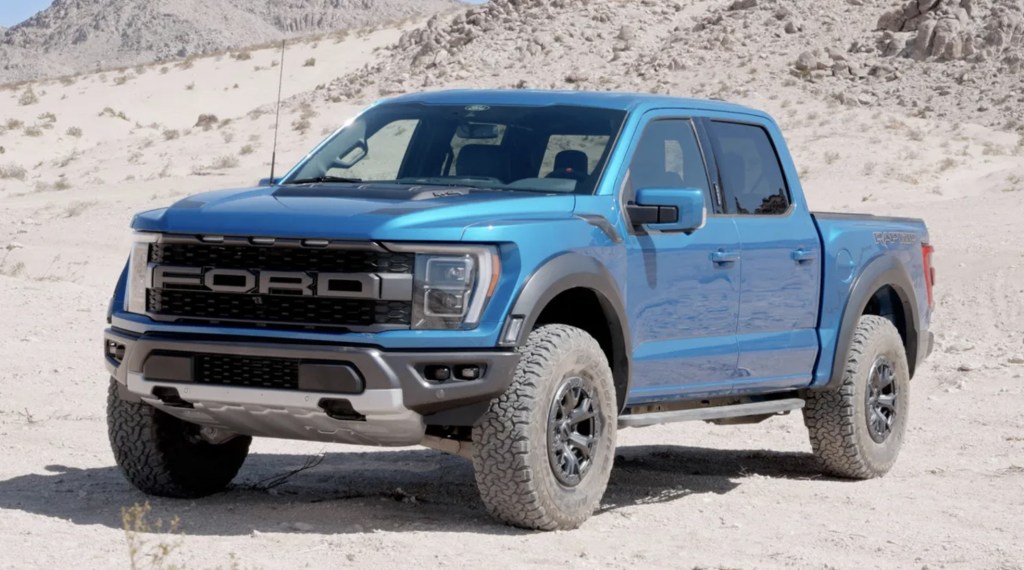
You can move up to larger tires as long as they aren’t too big for the wheel well. Also, going too large can impact the speedometer readings and may burn more fuel. The suggested tire size from the manufacturer is for optimal performance.
Increasing the tire size may enhance traction, handling, and ground clearance, but it might make it more challenging to steer and impact the acceleration. Correctly fitting tires are better for a smoother and quieter ride.
Be sure to make sure your load rating remains intact when changing tire sizes. Also, larger tires are more expensive and could be prone to faster wear and tear.
Stay tuned for more tire tips! Do you have any questions or information to add?
